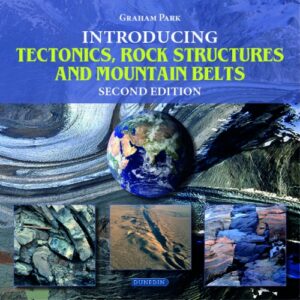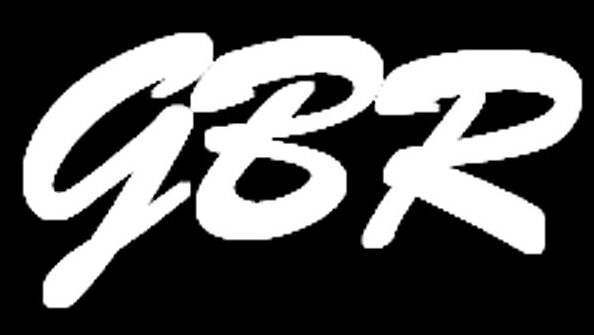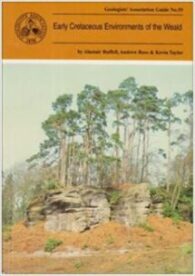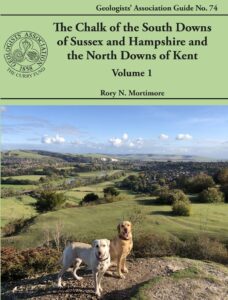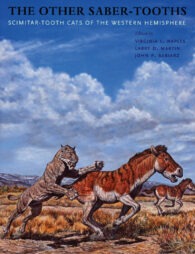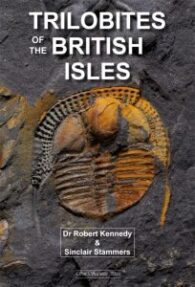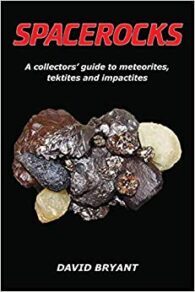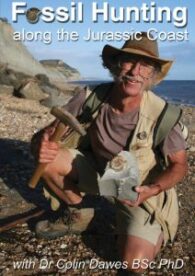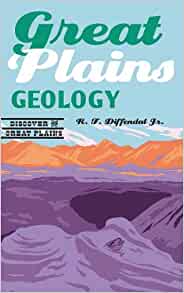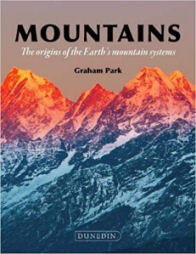The second edition of this guide is written to explain the key concepts of tectonics and rock structures to students and to interested amateurs. I have reviewed a number of Graham Park’s books in recently years (see below) and he is clearly a prolific and excellent writer of books about the earth sciences.
